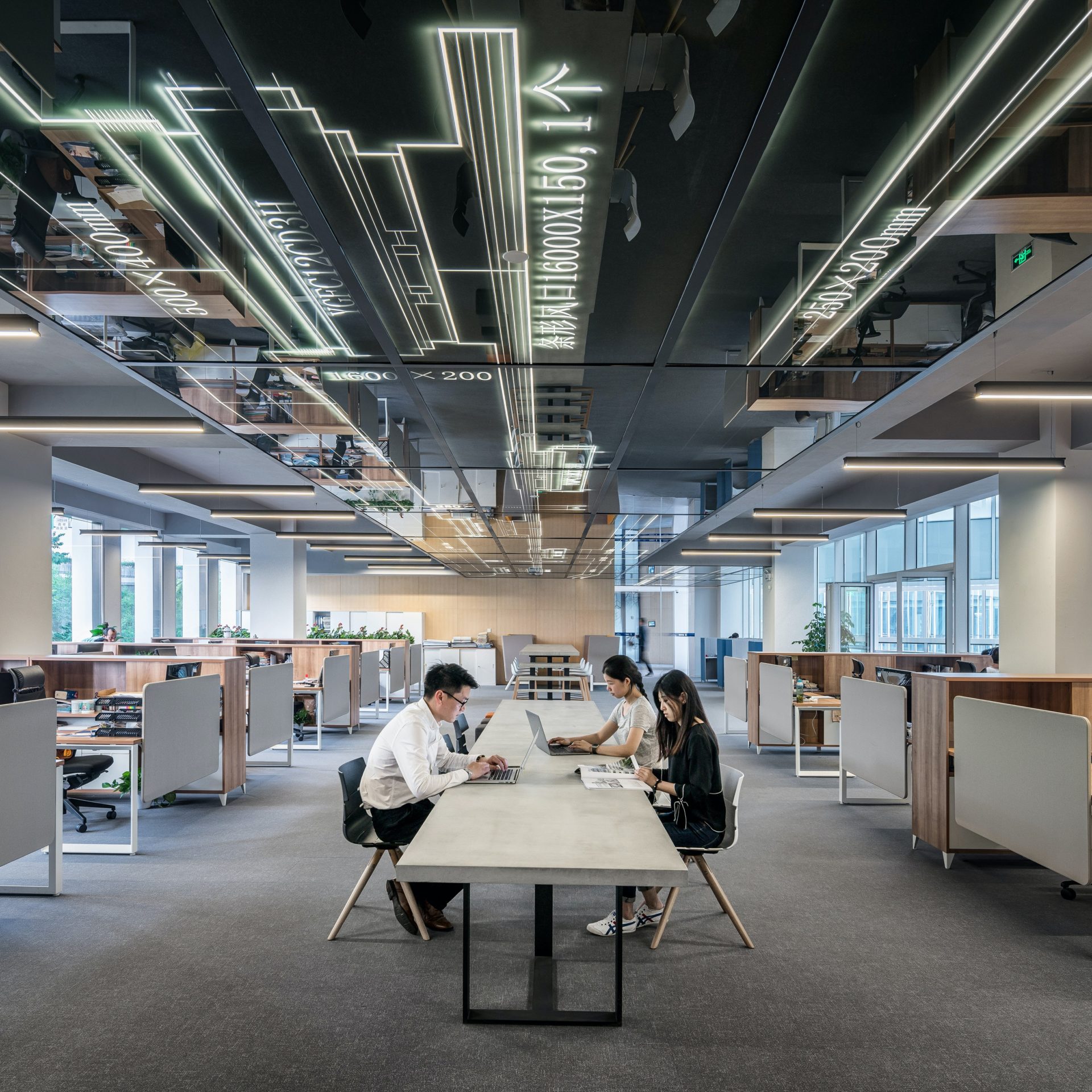

Under siege from the continuing impacts of covid-19 and an impending Brexit, business practices are rapidly evolving. As companies strive to adapt and find new ways of working, what will the future of the workplace look like?
What is apparent is that, for many, changes driven by the pandemic are likely to be preserved in the future.
Here at Savanta we’ve been tracking small, medium and large business attitudes and strategies since the start of the covid-19 pandemic. As part of this study, we’ve looked at how the future of the workplace is likely to be affected.
What is apparent is that, for many, changes driven by the pandemic are likely to be preserved in the future. Whilst many employees crave a return to face-to-face interactions, there is simultaneously a desire to keep flexible working practices – both in terms of locations and hours. Coupled with a high proportion of businesses planning (or having already conducted) space-rationalisation exercises, the stark reality is that we are unlikely to see office working rising back to pre-covid levels any time in the near future.
70% of medium and large businesses say they have already, or will in the near future, reduce their office space
Implications for the travel sector
Whilst many people associate COVID-19 travel disruption with the absence of a foreign holiday this year, arguably the bigger impact – especially for the rail sector – is the dramatic reduction in commuting. Whilst large swathes of the populace are waiting on tenterhooks for the chance to chase some foreign sunshine, commuting, and therefore rail travel, is likely to stay muted for the foreseeable future.
Between April and June 2020, rail passenger revenues were under 7% of normal levels, equating to 400 million fewer journeys (source: ORR)
There is some hope for the sector though. Whilst employees are unlikely to be commuting as regularly as they were prior to covid-19, our survey in October (prior to the 2nd lockdown) highlighted a desire from most businesses to get back on the road, back on trains, and back on planes.
85% of medium & large businesses and 62% of small businesses said that they were wanting to permit non-essential domestic business travel in the near future, with 80% of medium & large businesses and 47% of small businesses looking to permit non-essential international business travel.
And post-vaccine travel could rise rapidly if productivity challenges associated with working from home aren’t solved.
Productive home working:
Although many in the workforce want to remain working from home, companies are facing significant productivity challenges.
Productivity is a combination of processes (the tools available) and people (motivation, focus, etc.). It is therefore reassuring to see that both technology and employee wellbeing are firmly on the agenda.
Around half of medium and large businesses are planning increased software (50%) and hardware (48%) spend in 2021. For small businesses, many of whom have been particularly hard hit by COVID-19, this reduces to a quarter (28% and 26% respectively). Instead, small businesses are prioritising marketing investment (37%) as they look to recover lost revenues.
One further technology that could enhance productivity is 5G. The 5G revolution is set to be led by medium & large businesses, with 61% planning to invest in 5G this year, compared to just 17% of small businesses. This is no surprise as historically 5G has been much higher on the priority list for larger organisations, with a specific focus on IoT use cases. However, it will be interesting to see whether small businesses increasingly look towards 5G as a way of solving employee broadband connectivity woes.
Alongside remote working technologies, significant money is set to be spent on digital security, a shopping list item for 32% of medium and large businesses and 15% of small businesses, as operations and payments increasingly go online.
One third of medium & large business are planning investments in digital security
And in parallel to tech investment, businesses are also recognising the need to support employee wellbeing. The mental health of the population has been badly damaged through covid, and the isolation of working from home, combined with longer working hours and the collapse of work-life boundaries, can be a contributing factor.
Medium & large businesses see employee wellbeing as the #1 future challenge they will face to a successful future. As we enter the traditional ‘Christmas party season’, it will be interesting to see how successful remote wellbeing support can be delivered to working from home teams.
In conclusion:
The road ahead for businesses will be bumpy and full of challenges. But there is also optimism and a desire to retain (and enhance) certain changes that have been brought on by covid-19. As the busines population looks towards recovery and resurgence, there will be a reimagining of the workplace, and investment in connectivity and digital security technologies. Just as importantly though, there must also be a focus on employee wellbeing and creating a future working environment that is both productive and sustainable.
Webinar – Recovery & resilience of UK businesses:
On Thursday 5th November we hosted our latest webinar, exploring how UK businesses are adapting in the wake of the COVID-19 pandemic, and preparing for the implications of Brexit. The session was recorded if you’d like to review or share the content please:
Methodology & data:
Our monthly Business tracker surveys 1,000 UK businesses (750 small businesses and 250 medium & large), exploring business sentiment and future strategies.
Get in touch:
For more information, please download our rate card and/or get in touch with one of our business experts here.



